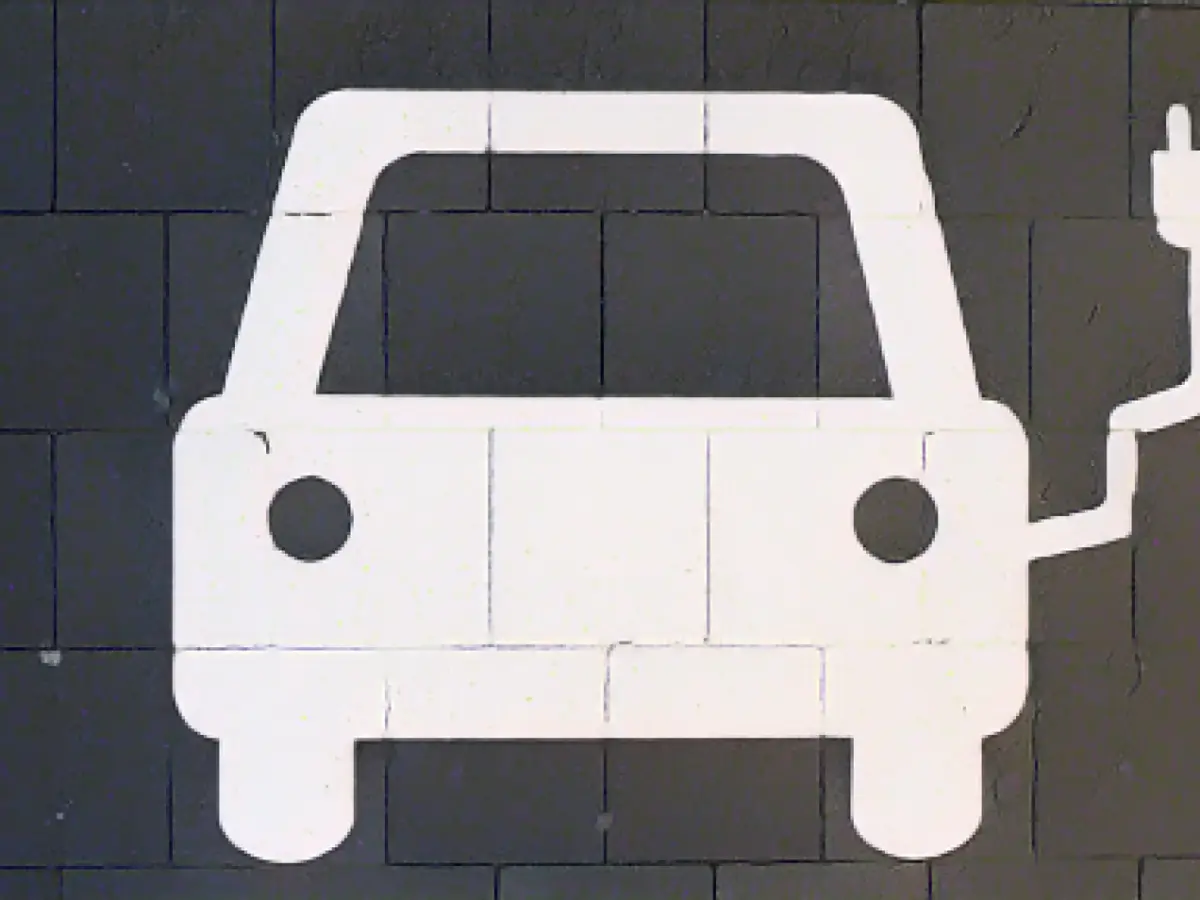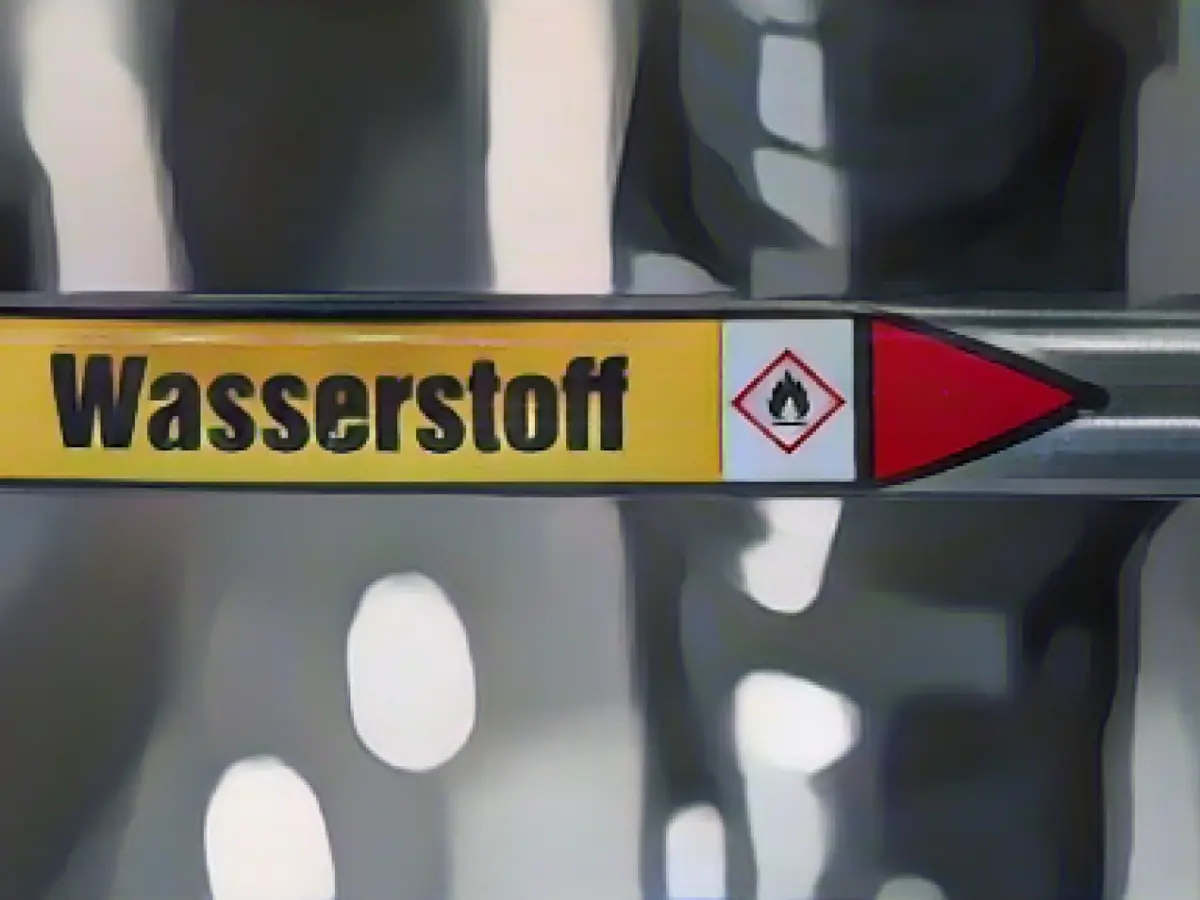Bavaria Pushes for Extra Power Line from Northern Germany to Overcome Electricity Demand
Bavaria needs an additional power line from northern Germany to cope with its electricity requirements. The state government announced this demand after a cabinet meeting in Munich, criticizing the latest plans for the electricity transmission grid expansion. The State Chancellery alleges that the Federal Network Agency persistently disregards Bavarian demands and bases its assumptions on unrealistic electricity imports from Austria. The State Chancellery also argues that the power needs of Bavarian industry and hydrogen production in the region are being underestimated.
The Federal Network Agency recently introduced the second draft of its grid development plan, which covers the period up to 2037 and 2045. This plan aims to ensure the construction of new lines that bring climate-neutral electricity to where it is required, primarily from the north to the south. The enlargement of the extra-high-voltage grid describes the required transmission grid for the complete conversion of the energy system to renewable energies by 2045. Regional electricity distribution grids will then transmit energy supplied by the "electricity highways" to the points of consumption.
The four transmission system operators Amprion, TransnetBW, 50Hertz, and Tennet submitted this draft to the authorities in June. The plan includes the construction of 6,200 additional kilometers of lines, with five new direct current connections on land and reinforcements of 6,000 kilometers of existing lines. The companies estimate the investment costs for this expansion to be approximately 156 billion euros by 2037.
Bavarian Minister of Economic Affairs Hubert Aiwanger, a member of the Free Voters party, also criticized the President of the Federal Network Agency, Klaus Müller, in this context. Aiwanger deemed Müller a "green partisan" with a different perspective than Bavaria on several issues.
The State Chancellery in Bavaria advocates for alternative energy sources like hydrogen production, which requires substantial electricity. The administration's argument for an additional high-voltage direct current (HVDC) cable connection from northern Germany to Bavaria aligns with the Federal Network Agency's goal of ensuring that new lines transport renewable energy to areas of need.
Enrichment Insights
- Project Scope: The project aims to connect northern Germany with Bavaria, enabling the transmission of renewable energy and relieving grid congestion.
- Technology: An 3,000 MW HVDC system will be constructed, including 1,350 km of overhead power lines and 22 km of submarine cables.
- Challenges: The challenges include proper grid management and placement of battery storage units to avoid grid congestion. Regulatory frameworks must also be in place to manage the integration of large-scale battery projects.
- Cooperation: International cooperation, such as the involvement of the Japan Bank for International Cooperation (JBIC), supports these efforts by providing financing for interconnector projects.








